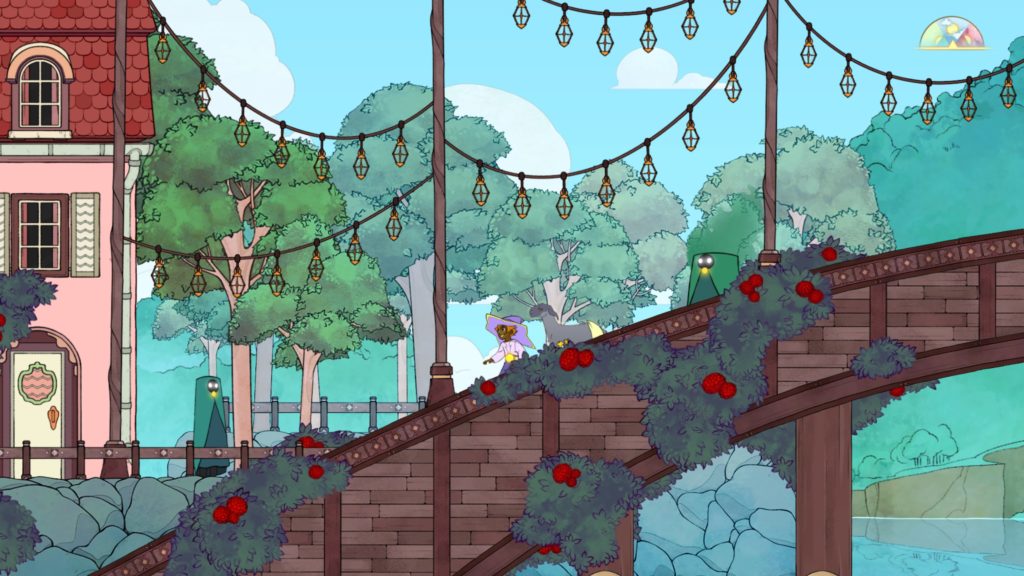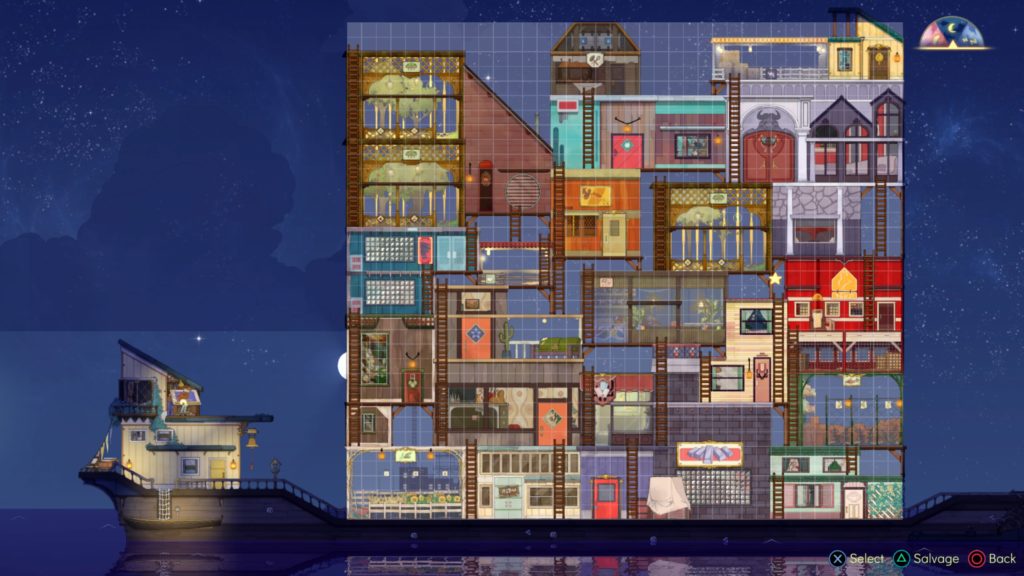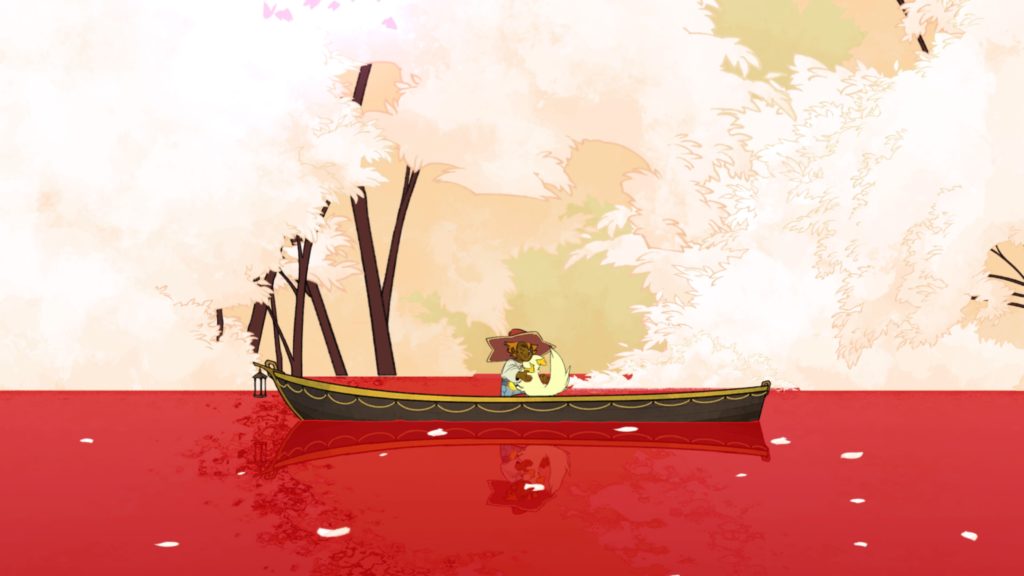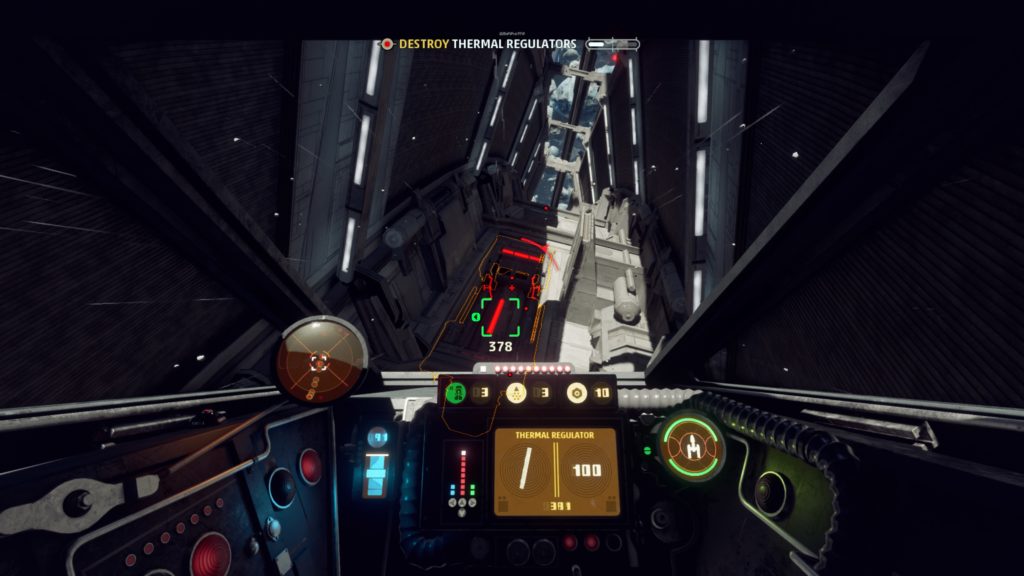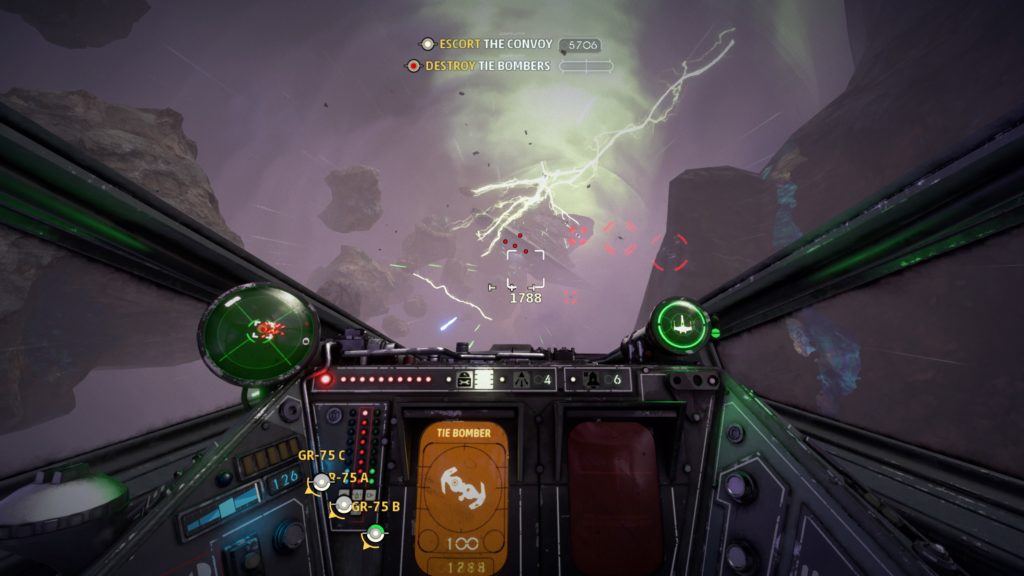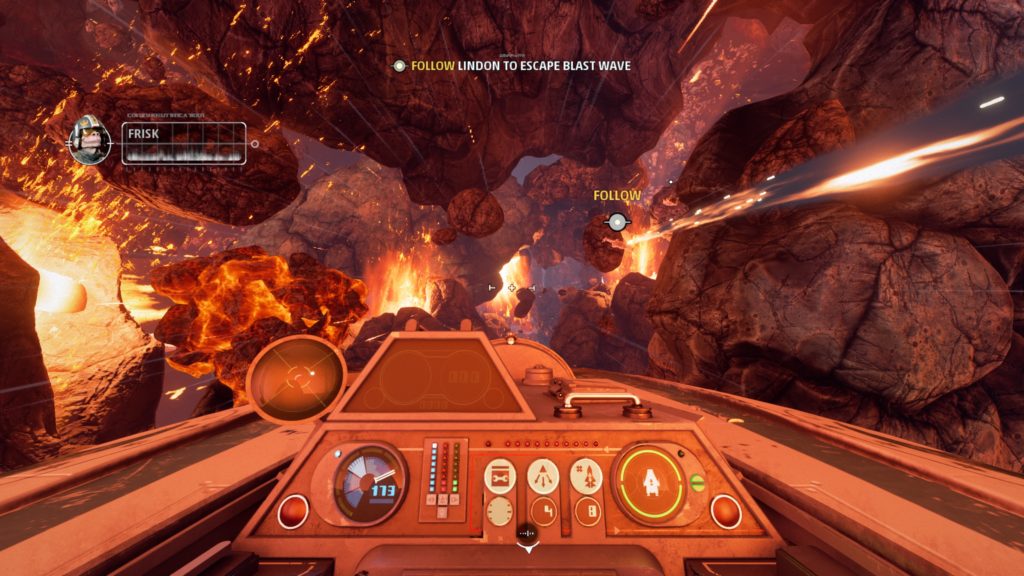- Genre: Action/Adventure/Sim
- Platform: Switch
- Also Available On: Windows, macOS, PS4, PS5
I’ll be 100% honest and admit that I took so long getting to this one purely because it didn’t have a physical copy and I had too many other games that did, but that problem was finally solved. What I was given a year after release was a game that surprised me in how well it blended a casual sort of roguelite and a sort of modern take on old arcade games like Root Beer Tapper. Played on the Switch it even really feet into a really good short session experience, with most game loops taking under thirty minutes in total. It really just hit all the marks for the type of experience I have time for right now.
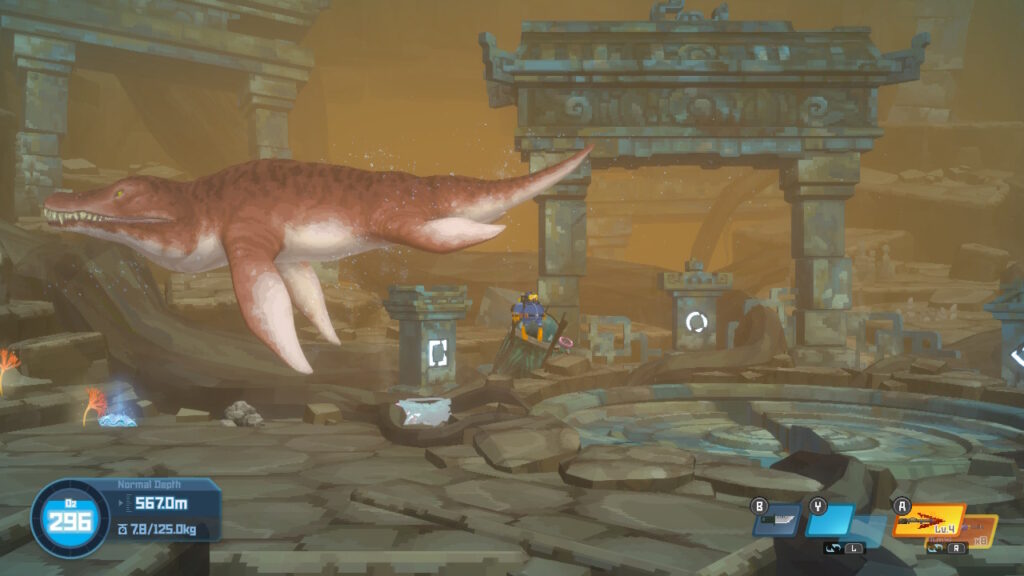
The core of the game is really all about fishing, but it’s pretty easy to judge the entire game by that from an outside perspective. Luckily that part of the game is pretty solid on its own. It’s nothing complicated, but the small set of weaponry used to either harpoon or shoot fish is pretty varied and lets the player tune the experience to their liking. Confident with dodging? Go high damage close combat. Want some more safety? Build out as a sniper, but have less ammo as a balance point. Want to get higher quality meat? Build out sleep weapons, but potentially lose out on bigger targets that can’t be put to sleep as easily.
The nice thing about the entire result of the fishing is that it all feeds directly into the restaurant which feeds right back into fishing. Those fish you catch obviously become meat for sushi in the restaurant portion of the game, but shortly into the game it also becomes an avenue for getting fish eggs that you can farm, which opens up a new avenue for getting meat and lets you move on to new areas without worrying about a lack of supplies. Those supplies then become the avenue for sales, which gets you money to get upgrades for fishing gear – better weapons, more carrying capacity, more oxygen capacity, etc – which allows you to fish longer, which allows you to get more and better supplies for the restaurant.
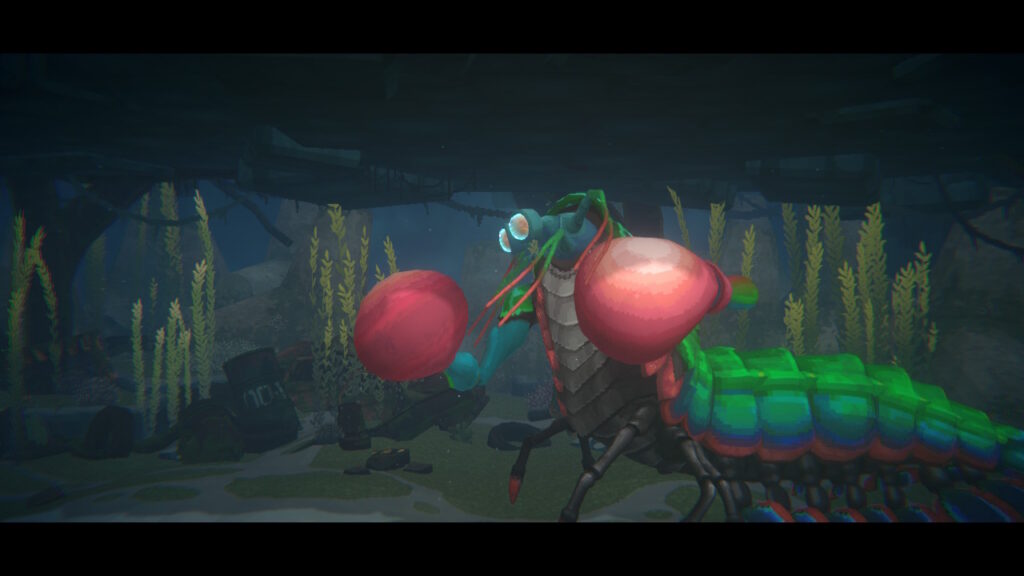
If it was just that loop I probably would have been happy enough, but the game is broken up in a number of ways that really give nice breathing points at regular intervals. Every now and again you get big boss fights with unique mechanics. These come as parts of both the story and as just random events, so their cadence is that you get one every few in-game days. Besides generally offering unique items, they simply are just fun. These are the things that test your combat knowledge to the peak, requiring good dodging and good attack knowledge. Some of them are pretty standard gun fights but a few standouts used other mechanics. One used dodging as the core mechanic, with the player grabbing a weight to deflect punches that stun the boss. Another that really got my attention purely involved picking up and throwing rocks to cause damage as regular attacks were just not effective.
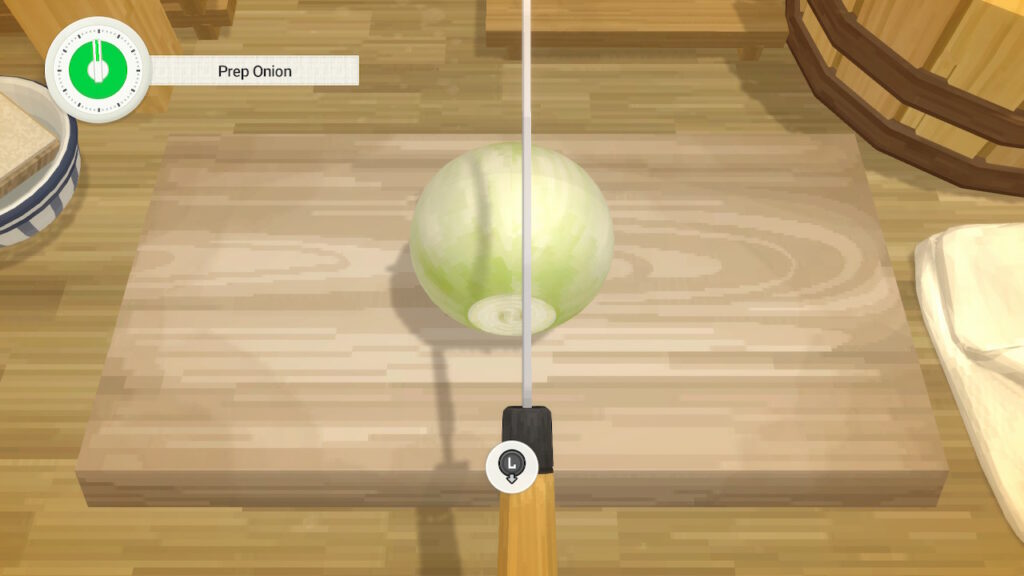
The breakup of mechanics also then extended to the restaurant experience. Every not and again you’d get restaurant objectives where you’d compete in an Iron Chef-style competition where the game turned into something akin to the Cooking Mama series. Other restaurant events involved getting specific ingredients to please VIP guests or getting a specific type of ingredient (ex: shark meat) to take on an entire party of guests. The nice thing about the restaurant side of things is that these more often than not opened up new mechanics. Early on it was things like the farm for rice and vegetables, but later on it even got to specific types of ingredients (ex: unlock eggs or specifically habaneros). These little things happening every now and again meant that I was never in a specific type of pattern of just going out and getting whatever, but instead going back and forth sometimes focusing on the story objectives and sometimes focusing on just fun little side things to then expand my repertoire with new and better recipes.
All of these mechanics combined to a place where it never felt like my time was wasted. Runs in fishing at least always got ingredients to feed back into the restaurant which then at least got money for upgrades. Deeper runs in the fishing portion would push me to find new areas to unlock new species and mechanics. New events in the restaurant would allow me to push for new mechanics. Every run felt impactful, which is a huge bonus on top of it being fun.
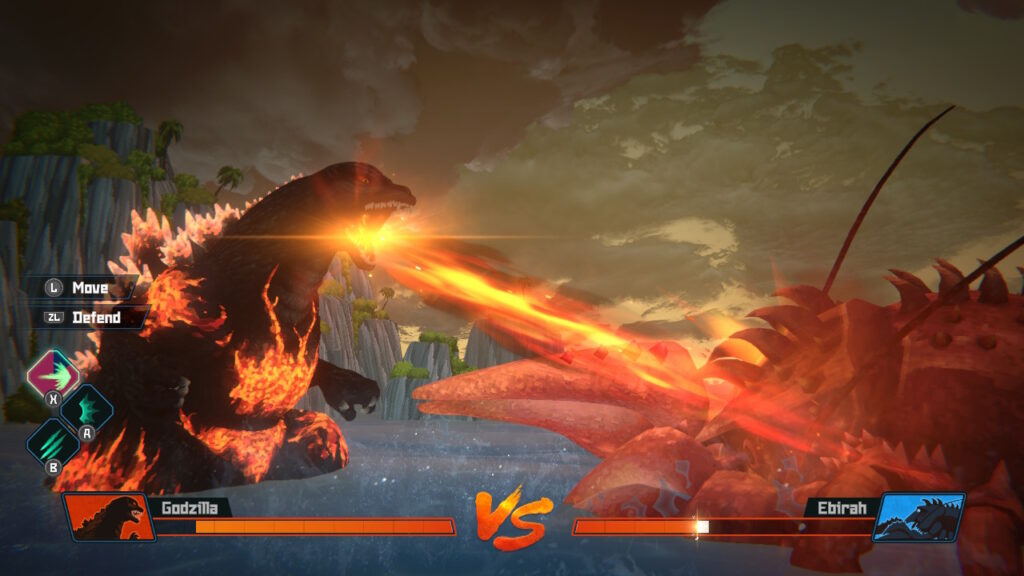
It’s all then a bonus that the DLC content is also fun. There’s things like playing as Godzilla above. There’s an entire set of night time events based on the game Dredge that add new items and types of fish that can only be caught on event nights. There’s an entire set of rhythm mini game sections expanded by a Guilty Gear Strive DLC that provide a fun musical interlude. Basically, this extends the entire game’s theme to this point – provide new ways for the player to have fun on any single run.
The consistency with which the game pulls that off is impressive, and it never wears off. I could do a single 20 minute dive run and do something useful. I could play for hours of multiple runs and just be engrossed by everything. It perfectly encapsulates how roguelites should work, with the player never feeling like their time is wasted and they’re always making forward progress. For that to happen in a game so inherently not tied to the usual death loop of the genre is therefore even more impressive.


